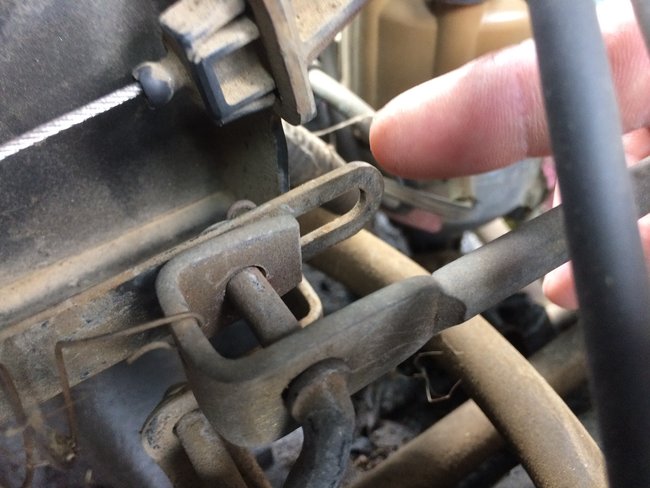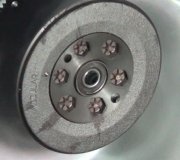I can get the transmission to shift in to second gear, but only at high rpm, and full throttle. I cannot get third, either it will not go or I will not take it there. Been to fifty mph and would not shift. I discovered a disconnected lockup sensor, I reconnected it but still have the same problem. I do not know much about these things, but
1. The downshift linkage was connected(although I have a question about that).
2. The downshift valve returns and moves freely.
3. No sign of damaged lines, fluid looks good, radiator fluid looks normal.
I discovered the linkage would not let the downshift valve return to a fully closed position. Shooting in the dark I adjusted that linkage to start to engage after throttle is applied. Still no change. Varnish on the valve body seems to be a likely candidate. I have added Lucas automatic transmission fix and will try the van later today and report back.
I do have a question about that throttle linkage. The linkage has a slot that the downshift shaft clips on to. Why? What is the slot for? I assumed it was to allow for a certain amount of throttle before engaging the downshift valve, but I may need some correction on that. The lever was adjusted so that even at no throttle, the valve was engaged a bit. I reasoned that was out of adjustment, making the transmission think we were giving more throttle than we actually were. I adjusted it to close all the way at no throttle, and start to engage at about quarter throttle, but it did not change anything. Is there a position that valve should be in that is not ‘fully released’ at full throttle? And why is there a slot in the linkage?
It does not seems to allow for anything that a simple hole would. Thanks
SPONSORED LINKS
Saturday, May 12th, 2018 AT 12:05 PM





